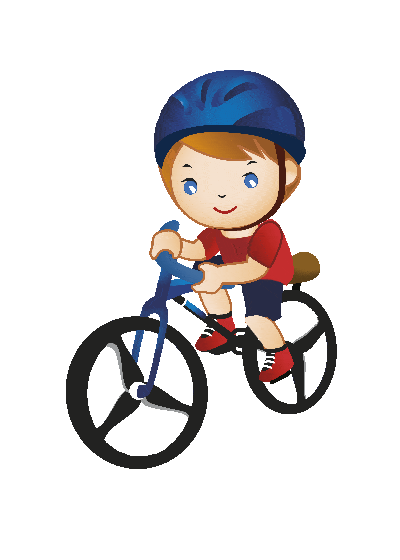Re: Выбор шлема
Данные US National Highway Transportation Safety Administration (NHTSA)). Те же результаты и в Канаде, где значительное увеличение использования шлемов не привело к заметному эффекту на диаграммах смертей.
Это враньё. NHTSA ссылается на данные собранные Bicycle Helmet Safety Institute, а там такая статистика:
The "typical" bicyclist killed on our roads is a sober male over 16 not wearing a helmet riding on a major road between intersections in an urban area on a summer evening when hit by a car.
Source: BHSI from NHTSA statistics on bicycle deaths by gender, helmet use, road type, season and car involvement.
About 540,000 bicyclists visit emergency rooms with injuries every year. Of those, about 67,000 have head injuries, and 27,000 have injuries serious enough to be hospitalized.
Source:
Non-helmeted riders are 14 times more likely to be involved in a fatal crash than helmeted riders.
Source: Safe Kids
Head injuries account for more than 60 percent of bicycle-related deaths, more than two-thirds of bicycle-related hospital admissions and about one-third of hospital emergency room visits for bicycling injuries.
Source: Safe Kids
A very high percentage of cyclists' brain injuries can be prevented by a helmet, estimated at anywhere from 45 to 88 per cent.
Source: Medical Journal studies.
Direct costs of cyclists' injuries due to not using helmets are estimated at $81 million each year, rising every year with health care costs.
Source:
Indirect costs of cyclists' injuries due to not using helmets are estimated at $2.3 billion each year.
Source: Safe Kids
Helmet use in the US varies greatly in different areas and different sectors of our society. White collar commuters probably reach 80 per cent or higher in most cities, while inner city kids and rural kids could be 10 per cent or less. Overall, our best estimate is probably no more than 25 per cent.
Source: BHSI estimates.
Usage rates: Sommers Point, NJ, where a state helmet law is in effect, found that only 24 of the 359 students who rode to school in one week of the Winter of 2002 wore helmets (6 per cent) until the School District adopted a helmet rule. North Carolina observed 17 per cent statewide before their law went into effect in 2001, with big variations by area and type of rider. Others:
Portland: 76% (transportation cyclists)
Alaska: 17% to 35%
Washington State 33% in east to 56% in western areas.
Duval County FL: Toddlers 100%, most others 25%
Ft Lauderdale, FL: 25%
Hollywood, FL: 15%
Hawai'i 2002: 20%
Source: Field counts by each local jurisdiction, or the state government if the scope is a state.
Helmets are cheap. The typical discount store price has risen from under $10 to about $20, but there are still models available for about $10 at major national retailers including Target and Wal-Mart.
Source: Periodic BHSI surveys of local stores and major chains in Northern Virginia. We also check prices in other locations when we travel.


